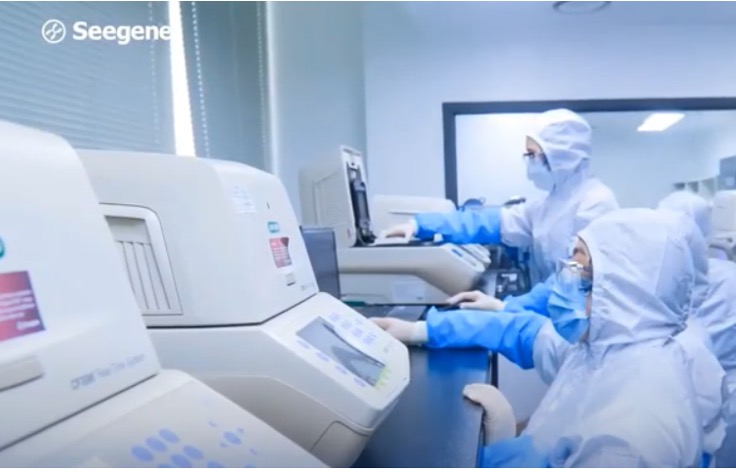The Future of Diagnostics: Syndromic Assays
How High Multiplex assays that test for many common pathogens at once can accelerate diagnostics and facilitate a higher quality of care

When a patient presents with a symptom, many pathogens could be at fault. Standard clinical practice is to take a sample from the patient and perform a diagnostic test or tests for suspected pathogens. Diagnostic tests often run on a Real-Time (RT) PCR platform and look for genetic markers specific to one pathogen at a time; however, binary indication of whether an individual is positive or negative for a disease does not always provide enough information to inform timely treatment. If a patient tests negative for a disease, then additional tests, possibly requiring additional patient visits, must be done until the causal pathogen is established.
Getting the Whole Picture
Recognizing the need for a streamlined diagnostic process, Dr. Jong Yoon Chun, founder and CEO of Seegene invented the high-multiplex, syndromic assay. Because many different pathogens produce similar symptoms, there are significant clinical advantages to utilizing high efficiency diagnostic tests that can evaluate more than one disease at a time and ensure timely diagnosis. Syndromic diagnostic testing is therefore designed such that a test can be selected based on a patient’s symptom, be it respiratory in nature, gastrointestinal, sexually transmitted, drug resistant, among others. When the test is run, it simultaneously evaluates whether a patient is positive for up to 15 target sequences at once, representing a panel of pathogens known to cause that symptom, plus internal controls. Importantly, unlike traditional diagnostic testing, syndromic results don’t stop once they’ve attributed the symptom to a pathogen; they can also indicate if a patient is infected with several pathogens at once.
Providing the Accurate Diagnosis
This is vital information for doctors who want to provide effective care to their patients. For example: on one occasion, Seegene conducted syndromic tests on 325 patients thought to have tuberculosis. Surprisingly, it was found that over one-third of patients were actually infected with both tuberculosis and pneumonia, or had pneumonia only. Thus, testing patients with a syndromic test can get to the bottom of what disease is causing their illness more accurately than traditional diagnostics can.
Syndromic assays are only possible with Seegene’s proprietary RT-PCR technologies and are run on its All-in-One automated platform to return same-day results. New assays can be designed on Seegene’s automated assay development platform. Because these assays are developed through data-driven logic and robotics they are often remarkably accurate, to give a complete picture of a patient’s health status in a clinically meaningful timeframe to reach therapeutic decisions.
Contact Seegene Technologies by clicking here.
